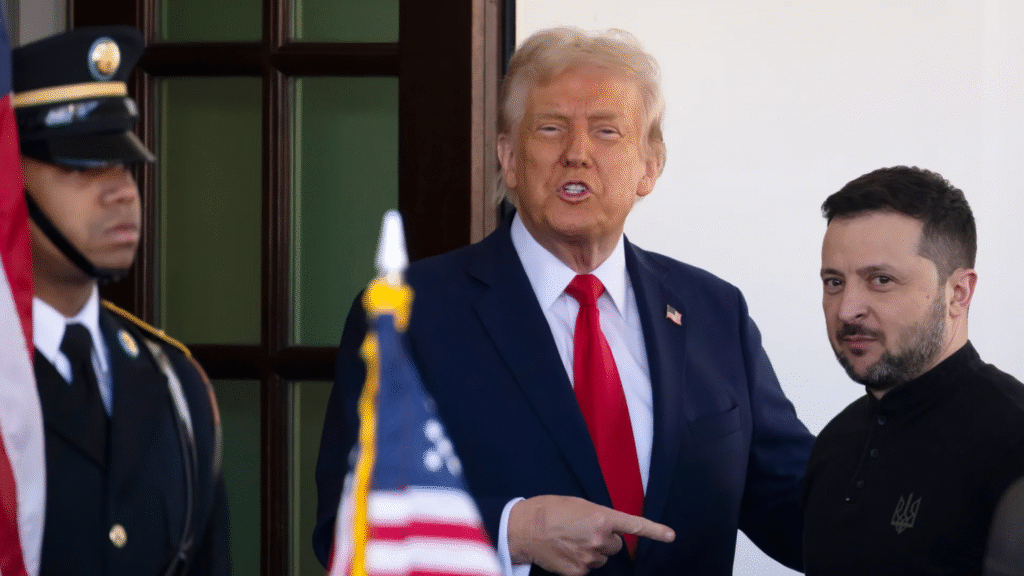
The Senate Armed Services Committee has approved $500M in additional military aid for Ukraine while taking steps to protect key elements of U.S. airpower.
In a bipartisan 26-1 vote on July 9, the committee backed expanding the Ukraine Security Assistance Initiative (USAI), increasing its funding from $300 million in 2025 to $500 million through fiscal year 2028.
The move signals a continued U.S. commitment to bolstering Ukraine’s ability to defend itself against Russian aggression, despite growing skepticism among some lawmakers and voters over endless foreign spending.
This fresh injection of funding is earmarked for training, intelligence sharing, and equipment deliveries to Ukraine’s military. The Senate’s version goes further than the House’s NDAA draft, which holds Ukraine assistance at $300 million and reflects a deeper divide among Republicans over America’s role in the conflict.
President Trump has pushed for a more restrained, America-first foreign policy, calling for allies to step up instead of relying on U.S. taxpayer funds.
Aside from Ukraine, the NDAA draft also pushes back on the Biden-era Pentagon’s push to retire the Air Force’s fleet of A-10 Warthog aircraft—long praised for their durability and effectiveness in close air support.
The Senate’s version of the bill forbids reducing the A-10 inventory below 103 aircraft in FY2026, essentially preserving the fleet for at least another year. This marks a win for those in Congress who argue the aging but battle-proven planes are still vital for supporting ground troops.
The full NDAA authorizes $925 billion in national defense spending for FY2026. That includes $878.7 billion for the Department of Defense and another $35.2 billion for nuclear-related programs under the Department of Energy.
The legislation also includes $6 billion in general transfer authority, giving the Pentagon flexibility to shift funds if urgent priorities arise.
In a broader sense, the bill outlines the Senate’s national security priorities amid an increasingly unstable global landscape. It takes aim at threats posed by China, Iran, and North Korea, and emphasizes the need for U.S. forces to maintain technological dominance.
To that end, the NDAA calls for ramped-up investment in artificial intelligence, unmanned systems, and hypersonic weapons—advanced technologies that military leaders argue are essential to deterring peer adversaries in the years ahead.
These provisions will likely benefit major defense contractors such as Lockheed Martin and Boeing, who are closely watching the bill’s progress as it moves toward final approval.
Supporters of the bill say it strikes a balance between maintaining U.S. military readiness and addressing emerging threats, while critics argue it continues the cycle of endless military spending and foreign entanglements.
With President Trump’s administration pursuing a more aggressive overhaul of government spending and foreign policy priorities, the final version of the NDAA could see additional changes before reaching the president’s desk.
The next step in the process is reconciliation between the Senate and House versions, where sharp differences on Ukraine aid and broader defense spending are likely to be hotly debated.

